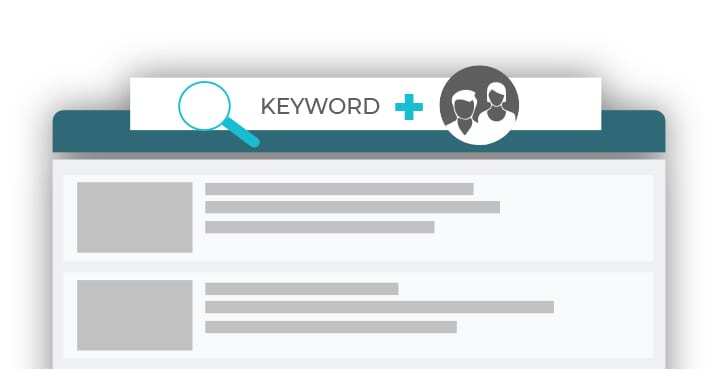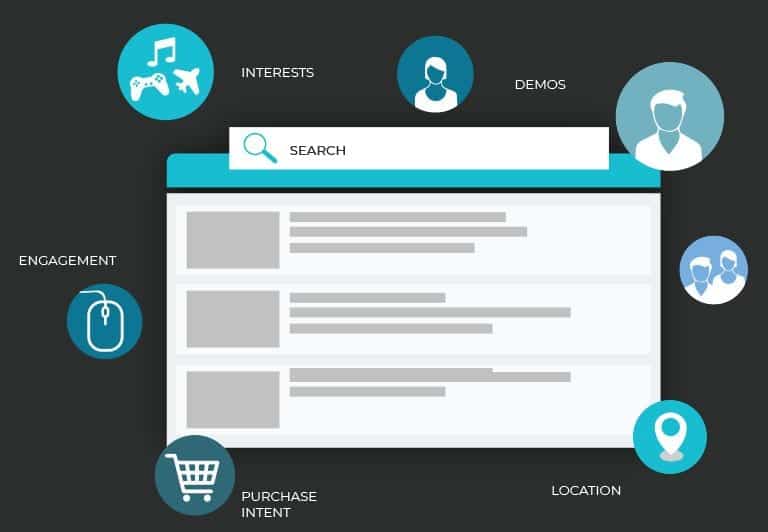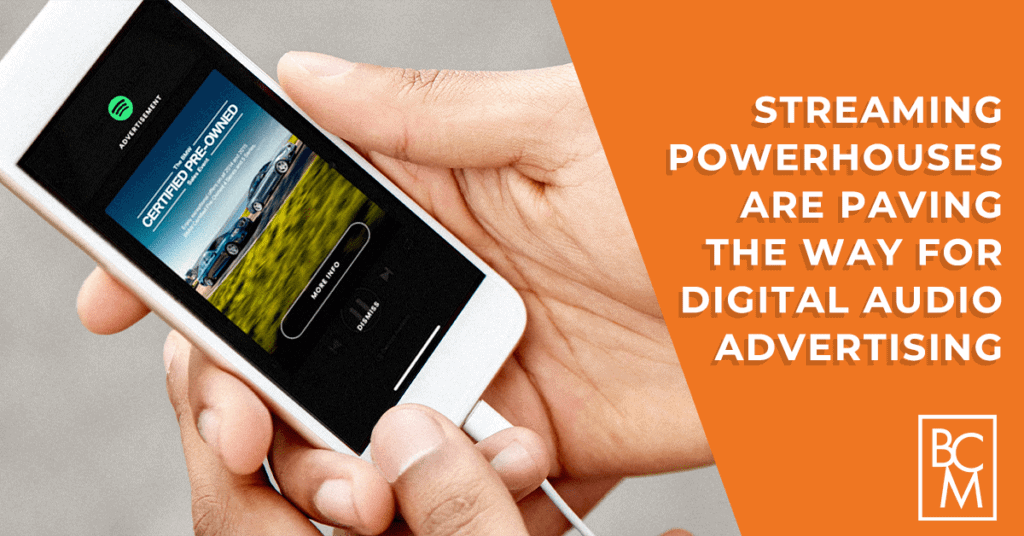

By Scott Sterner
Don’t Forget the Basics
The world of digital media continues to evolve before our eyes and often we, as an industry, tend to focus our attention on the latest shiny new objects as the main source of innovation within the industry. This can lead to following a specific technology or platform, such as Second Life, but not recognizing the larger underlying trend, such as the rise of virtual worlds (see Fortnite), as being the more important area to look into and understand more fully.
As we enter 2019, there are certainly many bright, shiny objects to spend time obsessing over. But, when we do so we risk missing some of the most innovative changes that have quietly (and not so quietly) taken place over the past 18 – 24 months. Virtual Reality? Robots? AI? No, I am talking about paid search. Huh?
Paid search is obviously a core tactic of any modern marketing approach. Notice I didn’t say “digital” marketing? That is because paid search really is, or should be, at the center of any customer-centric marketing effort. Why? Because search is at the center of your customers’ lives. They use it almost every day to make decisions about almost everything. Where to go, what to buy, what to eat, who to vote for, and even who to marry. And Google is the big dog in search. We have seen that where Google goes, others are sure to follow when it comes to paid search.
So where is Google going (or gone already) and how should that change one’s approach to one of the most important elements of a well-rounded marketing plan?
Well, Google has slowly been changing the game of paid search from one focused on identifying and matching consumer keyword queries to one more broadly focused on a wider set of data signals to infer consumer intent. The game is still about relevancy, but Google has realized that there is a lot more to creating relevancy than simply the keyword. In fact, the keyword may at times get in the way of a more relevant experience based on the context of the user’s search.
The keyword was always a great data signal. That is in part what has made search such an effective tactic. But, it has not been without its issues. Identifying and mapping all of the possible queries is tedious, time consuming, and often ineffective. With over 15% of searches being unique according to Google and search keyword usage patterns changing due to things like mobile and voice search, trying to scale campaigns purely through keyword targeting and mapping has some serious limitations.
So, what is the answer? Or more appropriately put, what is Google’s answer to solving this problem? Simple really. Move off the keyword as a primary focus of paid search and instead focus more broadly on using a larger set of intent signals to identify consumers’ needs. Blasphemy you say? Impossible? What about my 10MM keyword phrase-targeting list I have spent years cultivating? Read on.

Key(word)s to Success
While we would never dare say that keywords are dead, Google and others will continue to push innovations that will better serve the advertiser, the consumer, and Google in the process (full disclosure, I am a shareholder). Google understands that search has its limitations when the keyword is the main organizing principle and that keywords alone are not as powerful as combinations of intent data. They also understand better than anyone how search has changed over time and become more integrated with consumers’ everyday lives, creating a robust set of data signals upon which to build out their targeting capabilities.
Following are some examples of where Google has rolled out changes to their core paid search product, GoogleAds, what we think the impact will be, and how you can take advantage of these features to improve your performance.
Audience Led Approach
Audience or customer segmentation has long been a core component of direct marketing. Strangely, we still often find that it is not a large part of paid search campaigns that we take over or are asked to analyze for new clients or prospective clients. Most of these campaigns have segmentation schemas based on keywords, geographies, match types, or device types. Very few have segmentation schemas based on customer status.
This is because, for the most part, the ability to use first party data within paid search campaigns has been limited. Sure, we could use retargeting pixels and with the rollout of Customer Match in 2015 we could begin to use 1st party email lists, but for many businesses, these were not that significant due to a lack of website traffic or email list size. Google Customer Match is a targeting feature that uses online and offline data to reach and re-engage with your customers across Search, Shopping, Gmail, and YouTube.
Google expanded Customer Match in 2018 when they announced enhancements that make this feature much more widely applicable for most marketers. The expansion in 2018 added phone number and physical address to the data points that can be used to tie together first party data with Google’s ad products. For many of our clients, this unlocked a lot more 1st party data that could be used to build a more robust, customer focused segmentation schema and significantly improved their match rates for these tactics.
In fact, we have now reached a point within Paid Search that marketers should consider an exclusively Audience Led approach at almost every level of their campaigns and certainly within one’s approach to segmentation. Segmenting known customers from prospects, customers by purchase type, customers by spend level/LTV, customers that are searching for competitive brands, and so on is a more effective way to generate positive returns from your paid search efforts than simply targeting more keywords. A first party data set of email, phone numbers, or addresses and an active imagination can lead one to a myriad of ways in which to approach paid search differently. How might your ad copy change if you knew who was on the other side of the query box, for example? Might it be more tailored?

A simple example of how we might use an audience led approach is for branded search. If you knew that a searcher was actually someone that had been to your site repeatedly, purchased from you, and was enrolled in your email program, would you really want to pay Google every time that customer navigated to your site using a branded search term? With Customer Match and an effective audience led segmentation strategy, one can now suppress these users (or cross sell or upsell them if so desired). But, we don’t need to pay Google for purely navigational searches, although we might want to depending on how well our organic is ranking, how competitive our industry is, and other factors….but that is a topic for a different day. The main point is we now have the ability to begin to use an audience led approach to paid search to put ourselves in the position to choose how we want to engage searchers in a way that might be more relevant, effective, and profitable.
Google and Bing have both made audience targeting features readily available within their paid search products. There isn’t a one-size fits all approach to audience led paid search. We have found that different approaches work better or worse for different industries. The one consistent finding, however, has been that an audience led approach has allowed us to scale programs more efficiently and effectively. Here are some examples of audience led tactics that should be in place for every paid search campaign.
-
- Remarketing Lists for Search Ads (RLSA)
RLSAs have been available to search marketers for several years. Consumers who are actively searching on your keywords can be segmented into remarketing lists that have visited your site in a given timeframe and have (or haven’t) taken an action such as a purchase or generated a lead. Bid strategies can be adjusted accordingly, audiences can be excluded for improved targeting, creative messaging and landing page strategies can be customized as well.
- Remarketing Lists for Search Ads (RLSA)
-
- In-Market Audiences
Historically, Google has offered this targeting in display and YouTube campaigns, but as of 2017 this has been made available within search. In-market audiences allow us to reach users who may be ready to purchase the products and services offered. We can use these audiences to target purchase intent based on activities such search behavior and relevant website content these users have visited in the past. The difference is that our reach is not tethered to users who have already clicked our keywords in the past – meaning we are increasing reach to qualified audiences at scale.
- In-Market Audiences
-
- Similar Audiences
While RLSA’s and In-Market Audiences can assist in improving targeting for warmer leads towards the mid to bottom of the customer funnel, Similar Audiences provide an opportunity to widen reach earlier in the consideration phases. These are essentially look-alike models, creating audiences who, mathematically, resemble your target consumers, based on their online behaviors. This allows us to increase our focus on the segments of the market we are not currently reaching that have the highest probability of performing. When combined with a solid underlying segmentation schema already in place, this can be really powerful. We can begin, if we have the scale, to create segments of look-alikes and tailor our communications accordingly.
- Similar Audiences
- Customer Match
CRM within search made easy with the ability to integrate customer data (online and offline) into search campaigns. By importing email, phone, and/or address databases with customer data, we can segment audiences based on your customers history, re-engage lapsed customers, offer promotions to valued customers, develop customized messaging and even inform bid strategies based on lifetime value of customers given the level of data available.
While most of these developments have been around for a while, it is becoming all too clear that Google is continuing to build out non-keyword based targeting features and enhancements.
-
- Dynamic Search Ads (DSA) are one such development. Google first rolled these out in 2012, but this year they significantly enhanced these ads to make them more useful. Dynamic Search Ads are a Google Ads feature that uses customer search terms and closely related terms from your website (based on things like titles and frequently used phrase) to automatically create relevant ads for these terms on your behalf. For clients with large and frequently changing inventories, this can be a good way to cover gaps one might otherwise miss.
- Google Smart Shopping Ads: as you can probably guess, this is the Google Shopping variety of Dynamic Search Ads. Google uses machine learning and your commerce product feed and assets to automatically create a variety of ads that run across Google Search Network, the Google Display Network, YouTube, and Gmail. These also use automated bidding based on detailed conversion data. We have found these work best with advertisers spending significant amounts and generating the requisite data to make the machine learning and automated bidding work best. Others have found similar results.
Within the world of paid search marketing, search marketers have always run up against challenges that include finding the balance between high volume and highly targeted keyword terms that will achieve both reach and cost efficiency needs. As consumers use an increasing number of devices and conduct an increasingly varied array of searches, the limitations of a purely keyword based approach to paid search are abundantly clear.
What are you waiting for?
There are no shortcuts, you’ll need to gather audience data over time and outline a well-thought strategy of which audiences to target and which to exclude, along with the appropriate communications strategy and testing plans. If you (or your agency) have not moved to an audience led approach to paid search, you are already behind the curve. While people may argue about the merits of keywords vs. other targeting variables, at BCM we believe that success lies in understanding how best to use both. If you are curious about how that works, please drop me a line.


